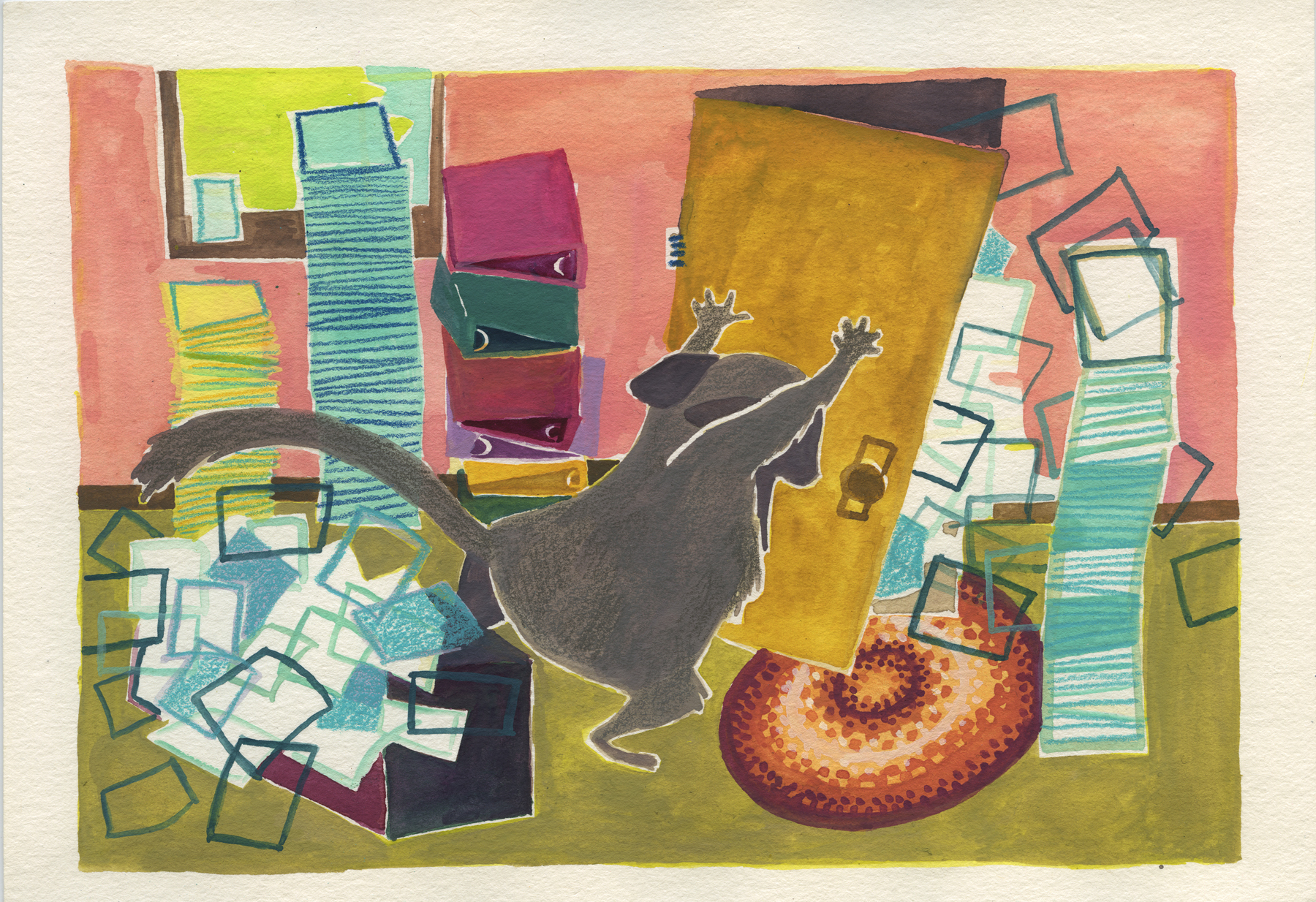Difference between revisions of "Digital Hoarding"
Caseorganic (Talk | contribs) |
Caseorganic (Talk | contribs) |
||
| Line 8: | Line 8: | ||
===External Links=== | ===External Links=== | ||
| − | "How do you manage the steady stream of information to your multitude of inboxes? What are your methods for managing digital clutter? Do you adhere to strict practices like Inbox Zero? If so, share your secrets! If not, what works for you?" <ref> | + | "How do you manage the steady stream of information to your multitude of inboxes? What are your methods for managing digital clutter? Do you adhere to strict practices like Inbox Zero? If so, share your secrets! If not, what works for you?" <ref>Wortham, Jenna. True Confessions of a Digital Hoarder. New York Times. February 7, 2011. http://nyti.ms/hhHFdQ Accessed Jul 2011.</ref> |
| − | 95% of things that are filed (put into a filing cabinet) are never taken out again<ref>Gleick, James. Faster | + | 95% of things that are filed (put into a filing cabinet) are never taken out again<ref>Gleick, James. Faster: The Acceleration of Just About Everything. Vintage Books, 2000.</ref> How much is put into our brains and never taken out again? |
==References== | ==References== | ||
Revision as of 12:30, 11 October 2011
Definition
The act of hoarding material or information for a later date utilizing the space by saving, archiving or storing it in some kind of digital format.
Causes
The idea that putting a digital artifact or object into a digital storage space does not take up any space allows one to add more and more information to a pace without it ever getting heavier. It takes less time to capture a piece of information and store it than it takes to take that piece of information out, whether by printing, exchanging, reviewing, etc. Video cameras are the most extreme form of this, as it is very easy to input information and data into them, to record information, but difficult to edit the video into an easily-consumed clip for later viewing.
External Links
"How do you manage the steady stream of information to your multitude of inboxes? What are your methods for managing digital clutter? Do you adhere to strict practices like Inbox Zero? If so, share your secrets! If not, what works for you?" [1]
95% of things that are filed (put into a filing cabinet) are never taken out again[2] How much is put into our brains and never taken out again?
References
- ↑ Wortham, Jenna. True Confessions of a Digital Hoarder. New York Times. February 7, 2011. http://nyti.ms/hhHFdQ Accessed Jul 2011.
- ↑ Gleick, James. Faster: The Acceleration of Just About Everything. Vintage Books, 2000.
